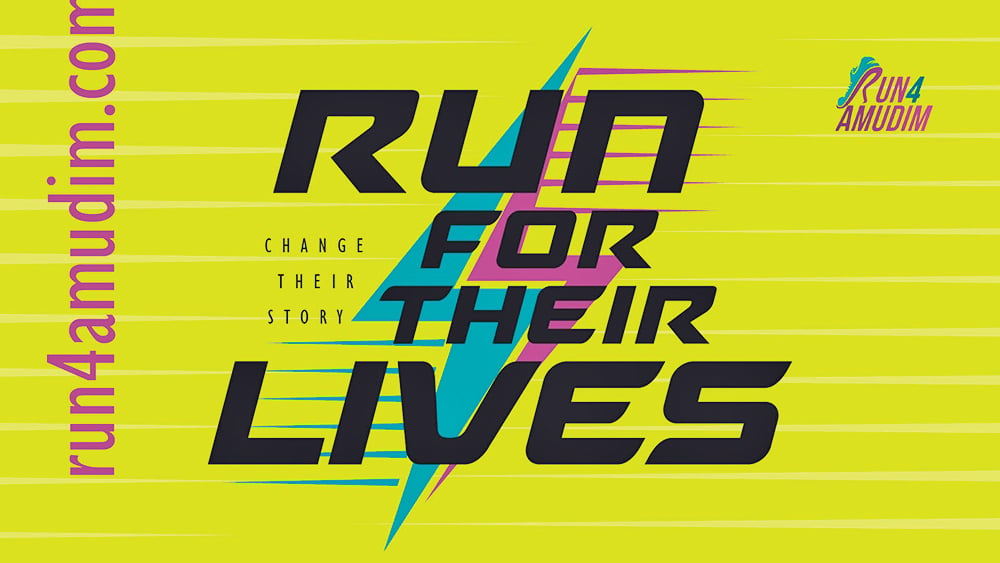Orphaned of both parents at a young age, Reb Yehudah Leib Alter was raised by his grandparents, Rebbetzin Feige and Rebbe Yitzchak Meir, the Chidushei HaRim, the first Gerer Rebbe. With the untimely passing of Reb Yehuda Leib’s father, attention began to turn toward Reb Yehudah Leib, in hopes that the child prodigy would one day be a successor. After the petira of the Chidushei HaRim, as well as his disciple, the tzadik, Rebbe Chanoch Henoch of Alexander, all eyes turned expectantly to Reb Yehuda Leib. The young man was already renowned for his brilliance, hasmada (dedication to mitzvot) and stellar character.
However, Reb Yehudah Leib felt unready and hesitant to cede to the pressure to ascend and assume leadership of the kehillah. Filling his illustrious grandfather’s shoes was a role meant for his father! Finally, at the behest of many elders and family members, he accepted the task with trepidation and began to pray for the strength and awareness it would take to fill the spiritual needs of the community.
On the first Leil Shabbos of his leadership, an inaugural tish was to be held. Reb Yehudah Leib arrived a little late, and stepped slowly into the hall. The place was packed; the entire community, from learned sages to star-struck children, were all waiting breathlessly to greet their new rebbe. Reb Yehudah Leib took one look at the empty rebbisheh chair, the royal throne of his grandfather at the head of the table, and shook his head in disapproval. He moved to the side, to the middle of the table, and sat alongside the chasidim. “Halten zich tzuzamen,” he said, “Let’s hold on together….”
Under his direction as rebbe and av beis din, Ger eventually became the largest Chasidic court in all of Europe. And thus the “Sefas Emes” became universally appreciated and eternally beloved, along with his classic Torah commentary by that name.
~
וַיֹּאמֶר לוֹ לֶךְ־נָא רְאֵה אֶת־שְׁלוֹם אַחֶיךָ וְאֶת־שְׁלוֹם הַצֹּאן וַהֲשִׁבֵנִי דָּבָר וַיִּשְׁלָחֵהוּ מֵעֵמֶק
חֶבְרוֹן וַיָּבֹא שְׁכֶמָה
So he said to him, “Go now and see to your brothers’ welfare and the welfare of the flocks, and bring me back word.” So he sent him from the valley of Hebron, and he came to Shechem.
וַיִּמְצָאֵהוּ אִישׁ וְהִנֵּה תֹעֶה בַּשָּׂדֶה וַיִּשְׁאָלֵהוּ הָאִישׁ לֵאמֹר מַה־תְּבַקֵּשׁ
Then a man found him, and behold, he was straying in the field, and the man asked him, saying, “What are you looking for?”
וַיֹּאמֶר אֶת־אַחַי אָנֹכִי מְבַקֵּשׁ הַגִּידָה־נָּא לִי אֵיפֹה הֵם רֹעִים
And he said, “I am looking for my brothers. Tell me now, where are they pasturing?”
(37:14-16)
~
Psychologist Carl Jung mapped out archetypes that represent innate, universal patterns and images that are part of the collective unconscious, and believed that we inherit these archetypes much in the way that we inherit instinctive modes of behavior. Archetypes include universal, inborn patterns and personality templates that influence the way we live and act.
The shadow archetyp’ represents the parts of our personalities, thoughts, impulses and midos that we would prefer to disavow. These may include negative instincts, weaknesses, desires and shortcomings—dynamics that, when expressed may be socially unacceptable, and also offensive in our own value system and moral compass. For example, a shadow may be expressed as acts of anger, envy, greed, prejudice, hate or aggression. This corresponds to some degree with our view of the yetzer hara, an oppositional force within us, an inclination to negativity and darkness.
“Everyone carries a shadow, and the less it is embodied in the individual’s conscious life, the blacker and denser it is.” This suggests that when we disown a shadow, whether through lack of awareness, denial or fear, its influence grows.
A fundamental teaching of the Baal Shem Tov, zy”a, interprets a pasuk in Tehillim, ה׳ צִלְּך, “God is your protective shadow” (Tehillim, 121:5). This subtly implies that Hashem’s actions in the world Above are a reflection of our actions below. Just as our physical shadow follows us and moves whenever we move, so too the Ribbono shel Olam, “follows” or mimics our choices and behaviors.
Rav Shlomo Wolbe, zt”l, offers (Alei Shur, Vol. 2) an explanation why a shadow is an apt metaphor for Hashem’s protection. A shadow is unique in that it reflects whatever is held against the light. If our small finger is set before the light, the shadow created will be small. If our whole hand is held up, the shadow will be greater. This is a way of understanding Hashem’s reaction to us in the realm of faith. To the degree that we place our whole trust and reliance in Hashem, we will sense Hashem’s presence in our lives.
According to Jung, the main task of human development is individuation, a lifelong internal process of clarifying and differentiating between the conscious and unconscious elements of our personalities. This includes elements of the self that are unsavory.
Yaakov Avinu charges Yosef despite the toxicity and strain in his relationship with his brothers: “Lech, re’eh sh’lom achecha, Go forth, search and see the good in your brothers” — focus on their strengths and what they do right. Know that you are meant to complement one another, not to compete and cast darkness on one another. Confront and resolve your own inner shadows so you don’t project them on others.
~
Speaking at the dedication of Yeshivas Chachmei Lublin, a student of the great Reb Meir Shapiro, z”l of Lublin, expressed the goal of the new institution and interpreted our pasuk: “Es achai anohi mevakesh, to mean, ‘With my brothers I seek the Ribbono shel Olam.” “The new yeshiva,” he said, “will enable students to seek the Ribbono shel Olam together, not merely as individuals.” For avodas Hashem to thrive, we must complement and strengthen one another. Authentic growth demands an environment of connectivity, not a top down hierarchy of authority. It doesn’t occur in vacuum, but in a warm, open atmosphere of togetherness.
Reb Yaakov Meir Shechter, shlita relates this approach to the miracle of Chanukah. The oil alludes to wisdom. Each cup in the chanukiyah represents a different individual’s particular intellectual accomplishments. When kindling the lamp, the oil becomes mevutal, surrendering its own existence, and becomes part of the flame. As it nullifies itself to the flame, light is produced. The lights of each candle join together, and the glow that illumines and warms the area is a singular glow. When we dedicate our wisdom, intellect and abilities to the greater whole, in service to Hashem and one another, we create a miraculous light of togetherness.
Prof. Elie Weisel, z”l adds to this idea. Just as every individual candle casts a shadow, we each have blind spots that project shadows into our surroundings. Only when a second candle is placed next to the first, do the shadows of both disappear. We illuminate each other.
Through the illuminated days of Chanukah we are strengthened by the awareness that there is no force in the universe, whether personal or collective, within us or without us, that is not from Hashem. Thus there is no force that cannot be sweetened and directed into goodness. Everything, and every experience, is designed for some beneficial purpose. Although we are surrounded by darkness, our collective light illuminates all of us. These special days invite us to stand together, to appreciate and raise up one another’s flame and good points, to enable each other’s souls to shine—and to hold on together.
Rav Judah Mischel is executive director of Camp HASC, the Hebrew Academy for Special Children. He is the mashpiah of OU-NCSY, founder of Tzama Nafshi and the author of “Baderech: Along the Path of Teshuva.” Rav Judah lives in Ramat Beit Shemesh with his wife Ora and their family.












